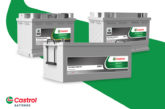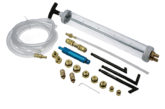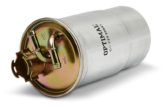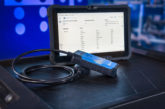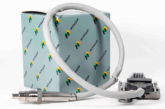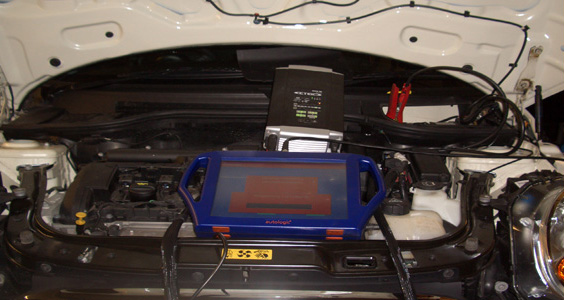
As technology moves so quickly in this industry, ensuring you have the right equipment for the job can be a minefield. Battery technology is one of the areas that has really grown over the years, but I’m still amazed how often its importance is treated with disregard.
Having the right charger or support unit is equally important, so when I was asked to trial the CTEK MXTS70 I jumped at the chance. This serves 12 and 24V batteries and offers a sophisticated technology for battery charging and recon.
The powerful eight stage charger provides optimum charging in the shortest possible time with selectable modes for specific battery types such as wet/flooded, calcium, gel and AGM (Absorbed Glass Mat) to ensure that a safe, fast charge is delivered to exactly meet the needs of the individual chemistry.
Putting it to good use
I had a few jobs lined up for this already, one being a calcium battery from a Renault that had been standing for a considerable amount of time and battery charge was low. I was in the process of considering buying a new one so this charger came along at just the right time!
After removing the battery from the vehicle, I attached the charger and began to set the parameters for a calcium program. This process was much easier than I expected as the front of the charger displays the program and shows which step of the process it is currently in, displaying the total charging time, and the total charge delivered since start. Another feature of the MXTS70 is that the battery temperature sensor will adjust voltage automatically to optimise charge at ambient temperature.
Supply
You can use the supply mode as a 12V or 24V power supply or it can be utilised for float maintenance charging when 100% capacity of the battery is required. Selecting the supply option activates ‘step 7’ without any time limitations and this program enables the charger to deliver a maximum of 70A as 12V and 35A as 24V.
This program is ideal for those occasions where you’re carrying out coding or programming on control units. You can select your voltage as either 12 or 24V, and there is an adjustable selected range of 20, 30, 40, 50 and 70A as 12V and 10, 15, 20, 25 and 35A as 24V. Again, this will display the battery voltage selected, the current being applied and the actual voltage of the battery.
There is a lot of speculation about battery voltage having to be kept above 14.4V when programming or coding a control unit – this CTEK MXTS70 will reach a maximum of 13.6V (12V supply of course). At first this was a concern for me as most scan tools will suggest the voltage to be higher before continuing a programming procedure, but after carrying out many programming repairs, module updates and applying a ‘performance tunes’, this unit was more than adequate for the job. The charger will keep the battery stable throughout the whole procedure which is crucial. Overall the charger is easy to use as the display shows you which part of the process it is at when it’s in charging mode. The small and light weight unit makes it very portable or it can even be wall-mounted. Also, as a support unit it’s very clear and easy to adjust to your requirements.
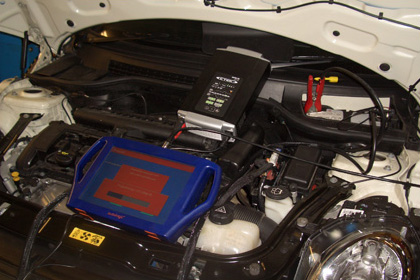
THE CHARGING PROCESS
Step 1: Desulphation
Detects Sulphated batteries. A pulsing current and voltage removes sulphates from the lead plates of the battery, restoring the battery capacity.
Step 2: Soft Start
Tests if the battery can accept charge. This step prevents charging a defective battery.
Step 3: Bulk
Charging with maximum current until approximately 80% battery capacity.
Step 4: Absorption
Charging with declining current to maximise up to 100% battery capacity.
Step 5: Analyse
Tests if the battery can hold charge. Batteries that cannot hold charge may need to be replaced.
Step 6: Recond
Choose the Ca/Ca (calcium) program to add the recond step to the charging process. During the recond step voltage increases to create controlled gasing in the battery. Gasing mixes the battery acid and gives energy back to the battery.
Step 7: Float
Maintains the battery voltage at maximum level by providing a constant voltage charge.
Step 8: Pulse
Maintains the battery at 95-100% capacity. The charger monitors the battery voltage and gives a pulse when necessary to keep the battery fully charged.
VERDICT: A great, easy-to-use product that should be considered by any serious professionals!


